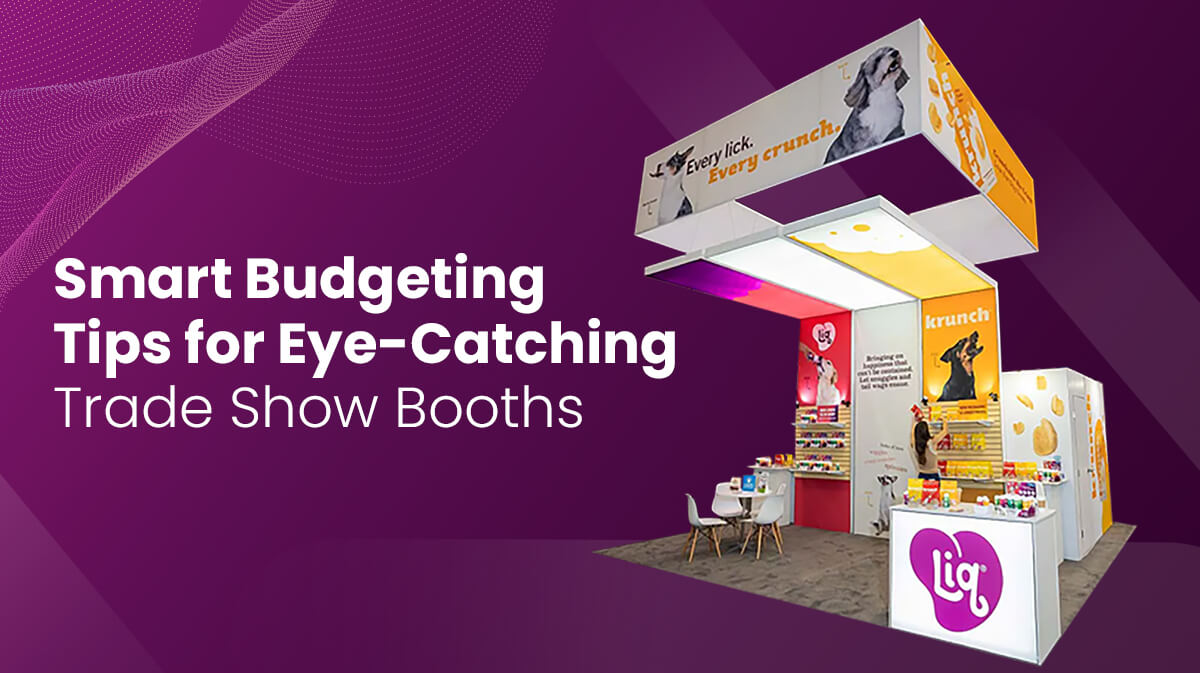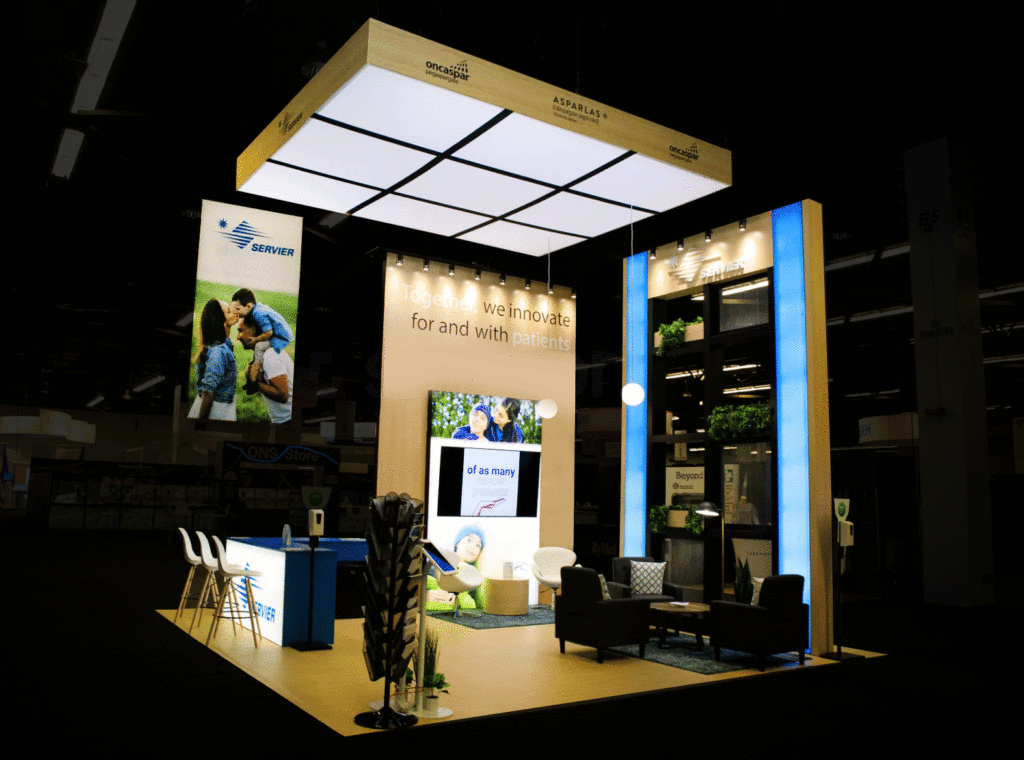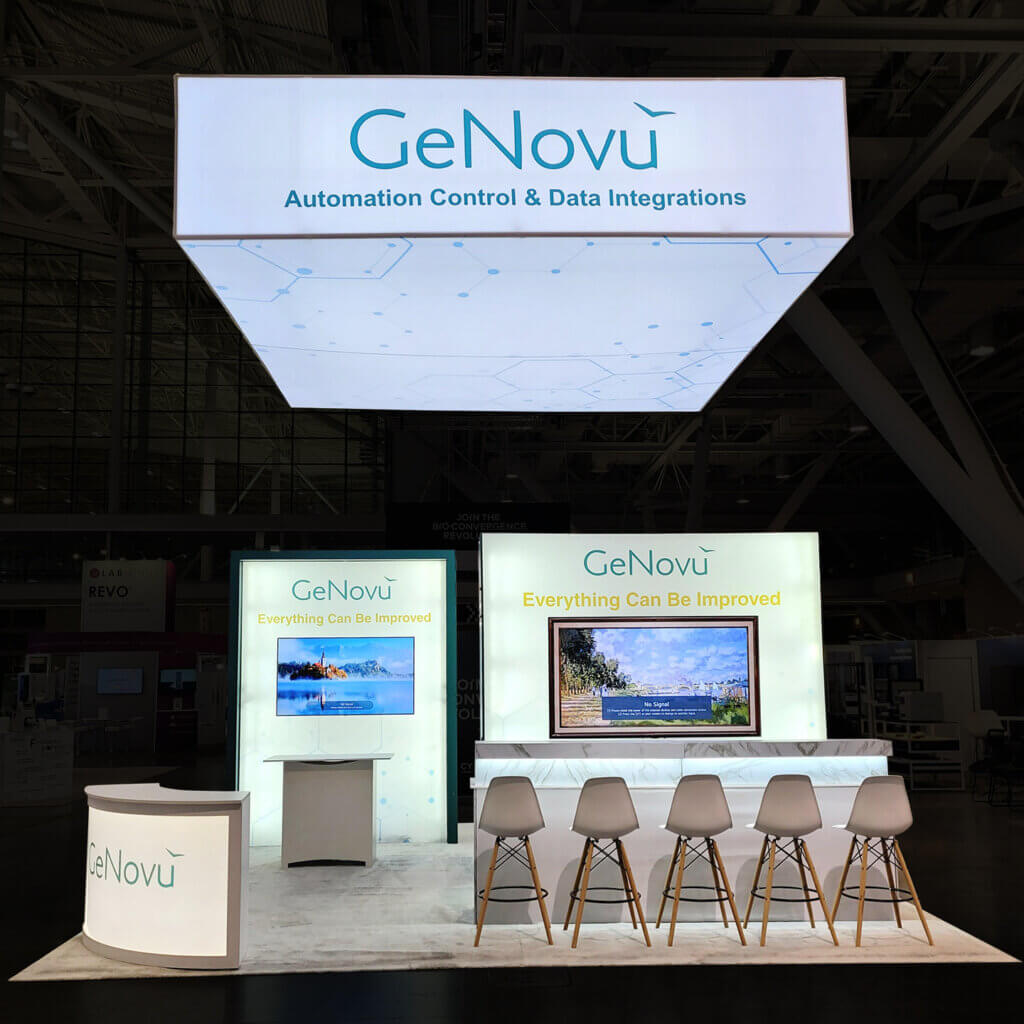
Crafting Your Trade Show Budget: A Guide to Strategic Planning
A trade show or fair is an opportunity for an enterprise or business to attract more customers and investors to subscribe to their product or service. Since most people who attend these exhibitions are genuinely interested in what it has to offer, a business has an opportunity to create a loyal customer base.
Therefore, it becomes crucial that a business presents the best version of itself at the booth. It is this version that the customers and investors will buy and invest in. It is this version that will be the face of the entire enterprise. To do it right, one has to invest a good amount of money. That makes an international tradeshow an expensive affair.
Starting Point of Budgeting:
Budgeting for a trade show booth is not an easy feat. There are a lot of factors that come into play and should be considered before arriving at a ballpark figure. Before you sit down to calculate how much you need to spend, consider the following:
- What is your USP? – You should know what you’re selling. Stick to the USP of your product or service and the purpose it solves for a user. Zero in on that purpose and make it a point to design all your sales models around that. Anything extra will be a waste.
- What are your goals? – It is essential to know who your audience is and how much you want to attract. The number of attendees makes a difference in arriving at a budget.
- What is your upper limit? – You should know the maximum amount of money you can spend on the exhibit, so that you can then plan everything else within that limit.
After clarity on the questions above, you can start calculating your budget.
Logical yet Conventional Budgeting Methods
You can do that in many ways, and one of the easiest ways is to multiply your cost of participation, i.e., exhibit booth rental, by 3 to arrive at a ballpark figure. According to Myriad industry surveys, exhibit space costs approximately one-third of the entire show costs. Therefore 3 times that figure should be an approximate of the expenditure you’re looking at.
For example, if the cost of renting a 40×40 ft (=1600 sq. ft) space is $20,000, then your approximate budget would be $60,000.
The “Cost per square foot calculation” is second way to arrive at a budget is the “Cost per square foot calculation.” Calculate the amount your business spent per square foot on the previous year’s show by adding up all the costs and dividing the amount by the total area of the exhibit’s space.
For example, you spent $100,000 on an exhibit last year, and the space you rented was 40×40 ft (=1600 sq ft), your cost per square foot would be 100,000/1600 = $62.5
Now use the same formula to calculate the cost per square foot for every exhibit you participated in the last year. Say your per square foot costs for four shows arrive at $62.5, $80, $100, $75. Add up these costs and divide the amount by the number of shows.
62.5 + 80 + 100 + 75/4 = 79.38
Now multiple this average with the area of the space you’re planning to rent this year.
Say, $79.38 x 1600 sq. ft. = $127,000
$127,000 is the approximate amount you will spend this year.
The third way to do is the “Average cost per lead calculation”. Simply multiply the average amount that you spend per lead with the number of leads you anticipate receiving this year and you will arrive at your estimate.
For example, if you spend an average of $100 per lead and expect an audience of 100 this year, your budget estimate would be $100 x 100 = $100,000.
Different Costs That Go into a Tradeshow Budgeting Exercise
Other important elements that need to be kept in mind while budgeting are:
- Exhibit design: What kind of booth are you looking at? A simple, basic, to-the-point display that simply showcases your product or a jazzier display that aims to dazzle the audience before the product’s credibility even comes into play? How you decide to set up your exhibit has a great impact on your overall cost.
- Other services like lighting, Wi-Fi, water and cleaning.
- Promotional campaigns, both on-and-offline
- Shipping of products both to-and-from warehouse
- Travel, entertainment and staffing
- Other miscellaneous costs
Detailed Break-Down of Elements
Exhibit Design: Research says 53% of people tend to buy a product or service as a result of what is shown to them during the exhibition (Source: CEIR ‘Use and Value of Face-to-Face’ report). The objective of exhibit design is to convey your message loud and clear so that it doesn’t take too long for people to understand your product and its features.
There are way too many booths at a trade show for people to spend too much time at one booth. Naturally, the average attention of an attendee is short, and therefore you have a tiny window to grab someone’s attention. Your exhibit design is the first thing that catches someone’s eye; it better be dazzling enough for them to want to know your product more.

Your product and its special features, especially it’s USP, should be a part of your exhibit design. It will generate interest and make people curious to know more. For example, if you’re selling cosmetics and your USP is that you don’t use any harmful chemicals to make your products, it should be a part of your design.
You may also want to include interactive games that include letting people try out your product or service so that they can test it first-hand. You can also have video presentations to engage people. Good lighting, sound, and colors also have an impact.
Exhibit Services: Exhibit services include Wi-Fi, lights, cleaning services, audio-visual equipment, carpet rental, installation and dismantling of setup, computer equipment, furniture, etc. that slowly but surely snowball into 19% of the entire show cost. You must list all the services you want to include in your booth down to the last tea cup, as even the most minor miscellaneous service can add to the total cost.
One way to do that is to make an excel sheet of the expected expenses that are expected to be incurred, and then allocate funds to the categories depending on the ongoing service rate of the service in the city. Example: Labor Rates, Rates for Hotel, Food & Car Rental, Drayage Rates (per CWT) and Exhibit House Charges
Staffing: Another very important aspect that a lot of people tend to forget is staffing. The people you choose to manage and represent your booth could very well prove to be either a deal breaker or maker. Everything else in your booth is inanimate, it is the people your prospective lead will connect to. Salaries, staffing, bonuses, training, attire, accommodation, food, etc are just a few things needed to ensure efficiency in a team.
When traveling to different cities for exhibitions, accommodation for your staff might drill a huge hole in your pocket. One of the ways in which this can be managed is by availing business deals by platforms like Airbnb or travel agents that offer package discounts. The same can be done for booking airline tickets. Of course, advance booking might save you a lot on travel costs. Entertainment for your staff and prospective clients is a very fluid expense. It continues to incur even after the show as you.
You may want to interact with your clients after the exhibition over food and drinks, which can be a considerable expense. It may help to communicate with a few restaurants before-hand to get a good deal. Travel & Entertainment accounts for approximately 21% of your entire cost.
Marketing: Promotion plays a significant role in educating and attracting your audience. It includes pre-show promotion in the form of on-and-offline campaigns, publishing and distributing literature, and product demos that help your audience understand precisely how your product looks. Marketing also includes free giveaways that help in increasing traffic and generating more than just a fleeting interest among the audience.
Social media marketing now plays a very vital role in establishing the image of an enterprise. Most businesses that have been in the game for decades choose to re-invent themselves through social media marketing and revive their market. The advantage social media marketing has over traditional marketing is its reach. It allows you to identify and focus on the right kind of audience for your product. It also allows for easy sharing with other prospective customers and is cheaper than traditional marketing. In today’s day and age, you can use this tool to its maximum potential and create a buzz about your event.
Printing literature is an effective way to educate your audience about your product and is also easy to ship to the venue. However, printing costs are not very low and therefore you must keep in mind which one of the print materials suits your requirement best.
Product demos are important because they help the product “sell itself”. Once the customers see what the product can do, they can decide whether it has any utility or not. Product demonstrations also help in addressing any concerns the buyers may have, for e.g., – a buyer may have concerns about the affinity of software with their operating system, which can be resolved by demonstrating that it is. They also act as “proof of promise” as they support the statements and claims you make while advertising.
Post-show promotions are just as important as pre-and during-the-show promotions. Even you manage to generate a lot of solid leads during your exhibition, none of them will convert to a business if you don’t follow them up. If you make certain promises during the exhibition, ensure that you follow through with them. A business needs to fulfill its promises if it wants loyal customers.
Logistics: From trade show stands to digital displays, you will need to account for the cost of shipping your promotional materials to the trade show venue. Shipping and drayage account for 10% of the total cost. Although if you have a larger or more intricate exhibit, you may have to allocate a large budget for shipping. This cost, however, can be estimated quite early. You can contact the shipping companies and inquire about their rates. Because of these costs, exhibitors choose to use a trade show booth rental service, which means the booth delivery is included in the overall price. The other aspect of transportation cost is drayage, which accounts for its other half. Transportation needs to be planned and executed exceptionally well, as any missteps could cause a lot of damage to your setup.
Opportunity Cost: Opportunity cost is a hidden cost of exhibiting at a trade show that many people do not fully consider. When you pull staff out of your office to attend a trade show, you have to consider the lost productivity that their absence results in.

Most trade shows are profitable, making the opportunity cost a non-issue. However, it is still essential to budget for the lost income that taking several people out of the office can result in for your business.
Try to reduce your opportunity costs by planning when staff is out of the office attending trade shows. While your office probably will not run at 100 percent efficiency, you can minimize expenses by giving tasks to other staff members.
The Final Word
The costs of participating in trade shows are as unique as the shows and trade show booth displays themselves. Understandably, there are a lot of variables to consider while prepping for the event. However, if everything is done in a timely and organized way, an efficiently allocated budget will do wonders for your business! Also, having a trusted partner to guide you through the budgeting process can save you thousands of dollars. The team at Exponents takes pride in helping presenters find the best trade show booth designs for their budget and business needs.
Related Posts
New Gaylord Pacific Resort & Convention Center in Chula Vista: What Exhibitors Need to Know
